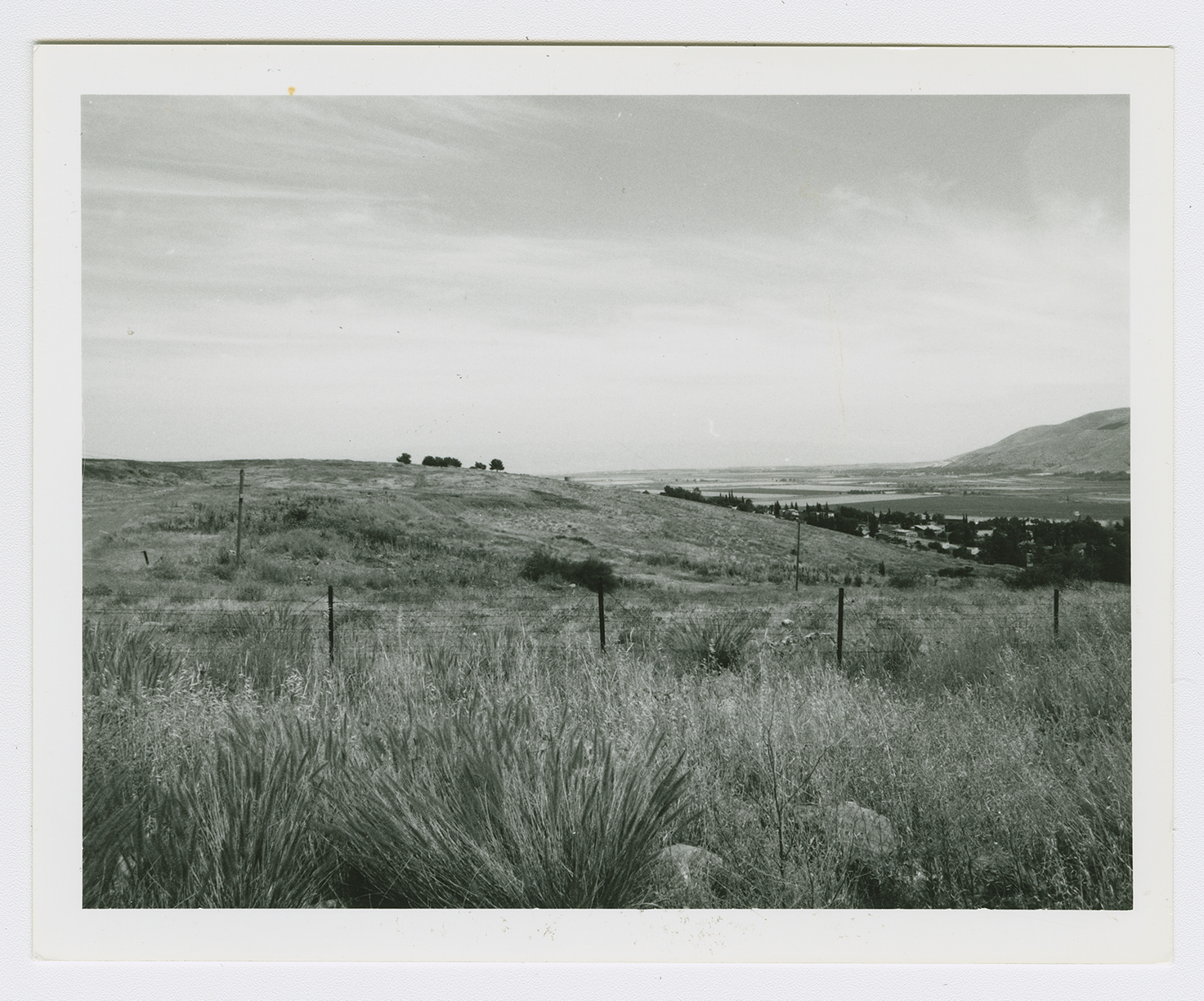| Year | Arab | Total |
|---|---|---|
| 1931 | 386 | |
| 1944/45 | 440 | 440 |
| Year | Arab | Jewish | Public | Total |
|---|---|---|---|---|
| 1944/45 | 4716 | 81 | 101 | 4898 |
| Use | Arab | Jewish | Public | Total | ||||||||||||
|---|---|---|---|---|---|---|---|---|---|---|---|---|---|---|---|---|
|
478 | 101 | 579 (12%) | |||||||||||||
|
4238 | 81 | 4319 (88%) |
The village stood on a hilltop. Together with the village of Shatta, it was considered the western gate to the plain of Baysan. The Baysan-Haifa highway passed on the outskirts of the village. In 1596, Qumya fell within the administrative jurisdiction of the liwa' of Lajjun and was a farm that paid taxes to the Ottoman government. In the late nineteenth century, the village of Qumya was located on a knoll in the middle of a valley, surrounded by gardens of prickly pear.
The village houses, built of adobe bricks, were densely clustered together on the hilltop, while vegetable gardens were planted on the lower slopes around the hill. It had one elementary school for boys. In 1944/45 a total of 4,205 dunums was allocated to cereals; 33 dunums were irrigated or used for orchards. Qumya was well known for its archaeological sites, including Khirbat Qumya, which contained rectangular understructures, caves, and rock-hewn cisterns. There was evidence that the village site had also been inhabited in earlier times; the ruins of a rectangular building, architectural fragments, and bossed stones were found on the site. About 800 m south of Qumya was Ayn Jalud, an archaeological site where Roman milestones and a large pool cut in the rock were found.
In the months before the outbreak of wide-scale fighting, nonmilitary Zionist organizations managed to arrange the expulsion of Palestinian communities from a number of villages. The Jewish National Fund (JNF), and particularly the director of its Lands Department, Yosef Weitz, took an active role in this effort. According to historian Benny Morris, Weitz met with other JNF officials on 26 March 1948 and called for the expulsion of the inhabitants of Qumya (along with those of al-Tira, a few km to the northeast). The reason he gave was that they were 'not taking upon themselves the responsibility of preventing the infiltration of irregulars [i.e. Arab guerrillas],' adding that, 'They must be forced to leave their village until peace comes.' According to Morris, by sheer coincidence, most of the inhabitants of Qumya left on their own initiative on the very same day. He writes that they left 'out of fear of Jewish attack and out of a sense of vulnerability as well as economic pressures. They were not ordered to leave by their Jewish neighbours, but there may have been 'friendly advice' to this effect.' Morris does not mention the nature of the 'economic pressures' that were applied but does say that the villagers were evacuated on British army trucks. A few days later, Weitz wrote to his superior that Qumya had been depopulated, commenting that, 'There is a tendency among our neighbours... to leave their villages.' A dozen men who stayed behind to guard the village were subsequently evicted.
Four months later, in late July, a neighboring settlement, Kibbutz 'En Charod, applied for permission from the Israeli Agriculture Center to seize the land of Qumya. Morris does not make clear whether the appropriation was approved.
Zionists established the settlement of En Charod on what was traditionally village land in 1921, south of the village site. In the early 1950s En Charod was divided into two independent settlements, each affiliated with a different wing of the settlement movement: En Charod-Ichud, and En Charod-Me'uchad. The former is on the land of Qumya, but the latter is on the land of the still existing Arab village of Tamra. Geva', also established in 1921, is about 2 km west of the village site but is not on village land.
The whole site is fenced in. Almond, mulberry, and pomegranate trees and cactuses grow around the rubble that dots the village site. Cypress trees grow among the ruins of the village school. The Israeli settlements of Tel Yosef, En Charod-Ichud, and En Charod-Me'uchad cultivate the land south of the village, while Geva' cultivates the land to the west.

